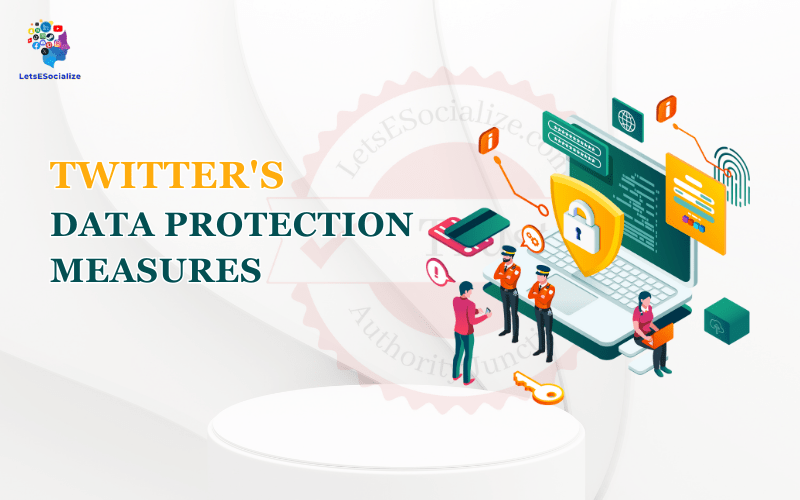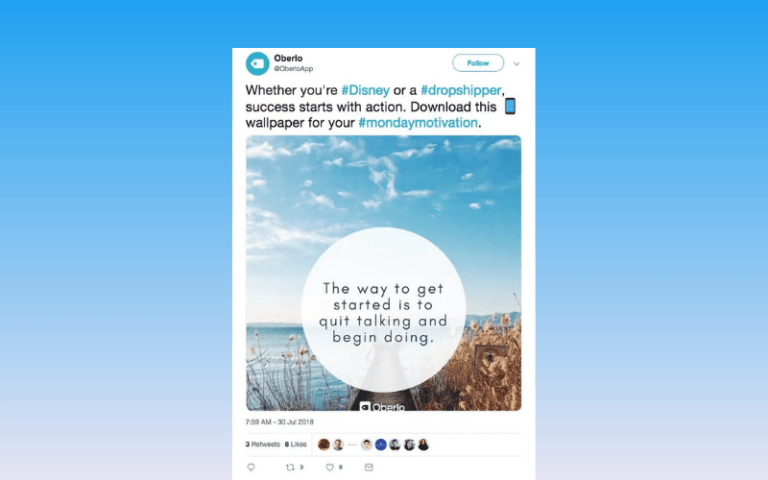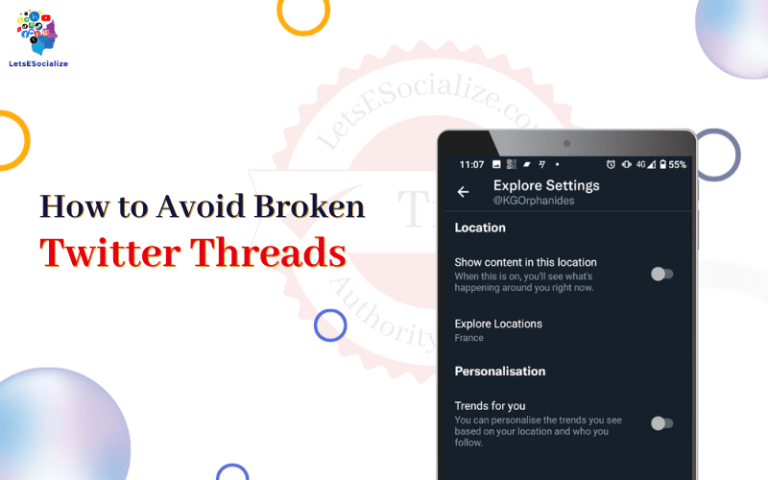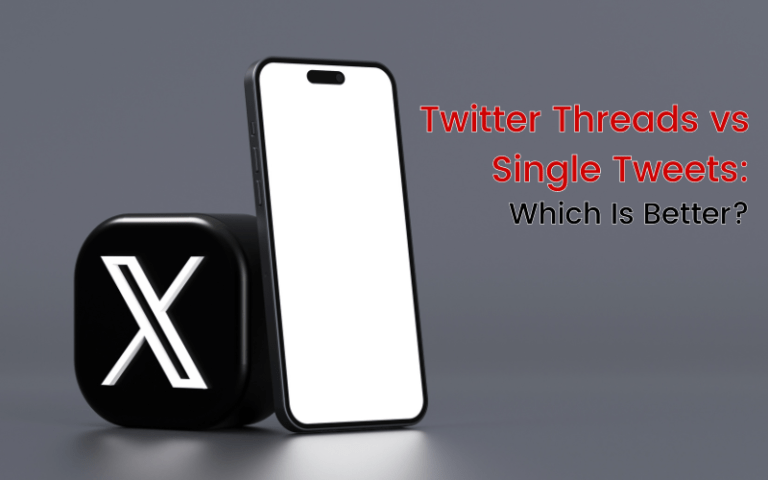Social media platforms like Twitter collect and process large amounts of user data. This raises important questions about privacy and data protection. In this article, we’ll explore Twitter’s data protection measures to safeguard user information.
Table of Contents
An Overview of Twitter’s Data Collection
When you use Twitter, you provide the platform with various types of personal data, including:
- Contact information like your email address, phone number, and physical address
- Profile info such as your name, bio, birthday, location
- The content you post, like tweets, images, videos
- Your browsing and usage activity on Twitter
- Who do you interact with and follow on the platform
Twitter uses this data for various purposes, providing and optimizing its services, targeted advertising, analytics, etc.
Naturally, users have concerns about how Twitter handles their personal information. That’s why the platform has implemented various data protection controls, which we’ll look at next.
Also read: Exploring Twitter Blue Privacy Policy and Data Collection
Twitter’s Core Privacy Principles
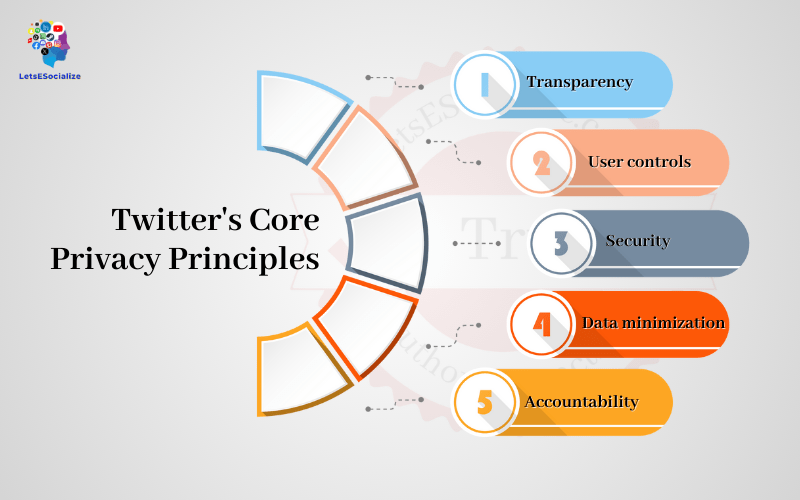
Twitter has published a Privacy Policy outlining its core privacy principles:
- Transparency – Being open about its data practices
- User controls – Giving users choices around their information
- Security – Safeguarding user data with technical and organizational measures
- Data minimization – Only collecting necessary user information
- Accountability – Taking responsibility for proper data handling
These principles guide Twitter’s approach to data protection, which we’ll explore in more detail below.
Key Privacy Settings
Twitter offers users various settings to control their privacy and data sharing:
Make Accounts Private
You can make your Twitter account private so that only approved followers can see your tweets. This gives you more control over who accesses your information.
Limit Data Collection
Under Privacy and Safety settings, you can limit Twitter from collecting certain data like your precise location, interests for ad targeting, etc.
Disable Personalized Ads
You can turn off Personalized Ads so that your Twitter data isn’t used for targeted advertising. Generic ads will still be shown.
Review Data Collected
Twitter’s Download Your Twitter data tool lets you review the various types of data Twitter has collected about you. You can also download this info.
Additional Controls
Other settings let you manage Content visibility, limit Tagging abilities, revoke app permissions, customize blocked words/phrases, etc.
So, Twitter does give users more fine-grained control over their privacy and data sharing. However, the platform’s defaults tend towards openness and data collection. Users have to manage settings to maximize privacy actively.
Securing User Data
In addition to privacy controls, Twitter also utilizes various security measures to protect user data:
- Encryption – User data is encrypted in transit and at rest to prevent unauthorized access
- Network security – Firewalls, threat monitoring, etc. to secure Twitter’s systems and data centers
- Access controls – Restricting data access to authorized personnel only
- Employee training – Educating employees on proper data handling procedures
- Third-party security reviews – Outside experts auditing Twitter’s security defenses
However, like all online platforms, Twitter isn’t immune to data breaches and vulnerabilities. Users should utilize privacy settings and practice good “data hygiene,” like using strong passwords.
Transparency Around Government Data Requests
Governments and law enforcement agencies can request user data from Twitter for investigations. The platform publishes a Transparency Report providing details on:
- The number of governmental requests received
- The number of accounts specified in the requests
- Compliance rate in providing some or full data requested
This reporting provides accountability around how Twitter handles sensitive governmental data requests. Users can review the reports to assess Twitter’s commitment to transparency.
In Summary
Twitter collects swaths of user data to power its services and advertising systems. However, the platform does implement various measures focused on privacy, security, and transparency. Users have more control than they may realize in limiting how Twitter accesses and shares their personal information.
By understanding these data protection measures, you can make informed choices around what information you provide Twitter and manage your settings to maximize privacy. While Twitter still defaults towards openness in its practices, its expanding privacy tools do allow users more choice in safeguarding their data.

